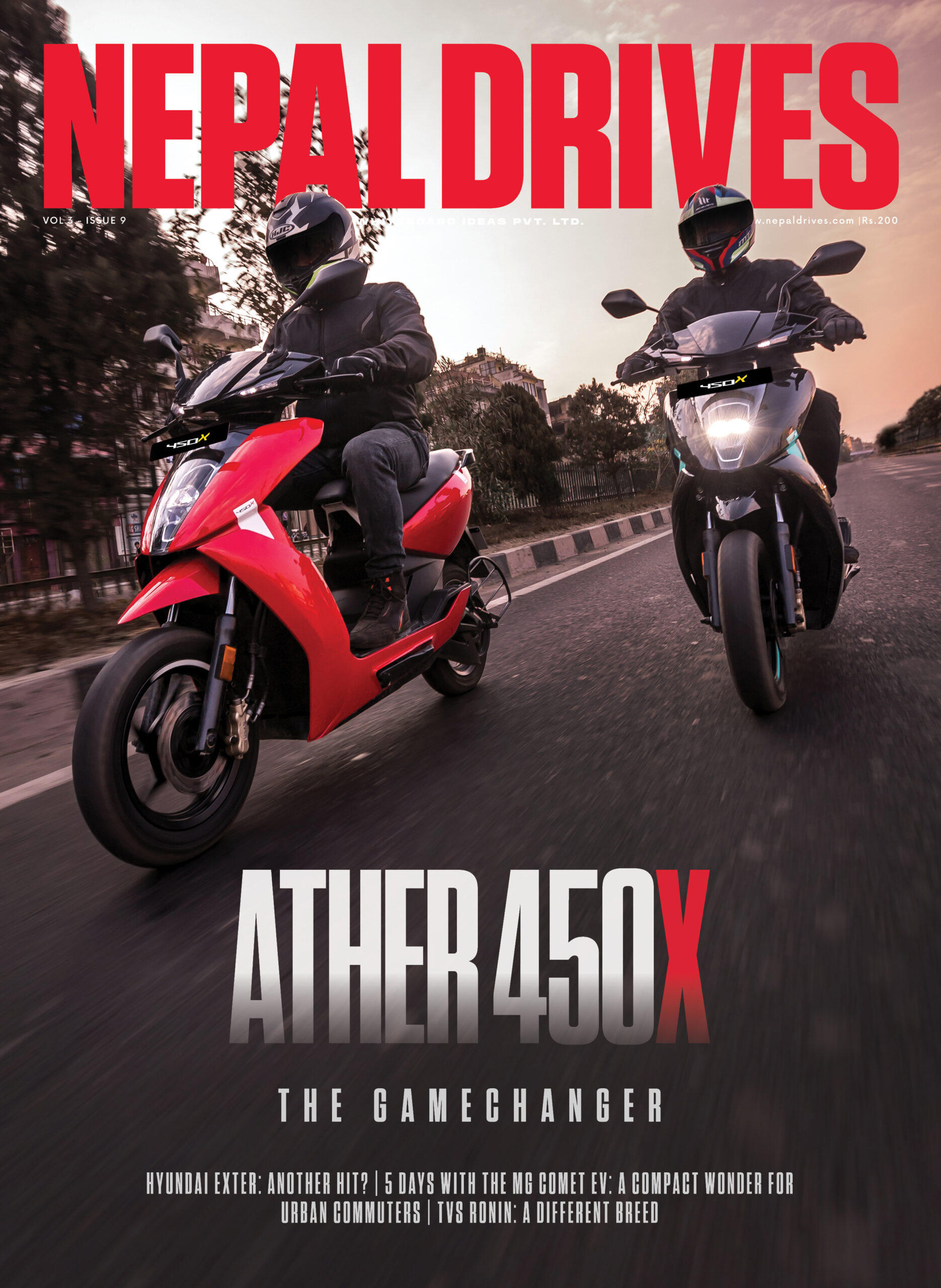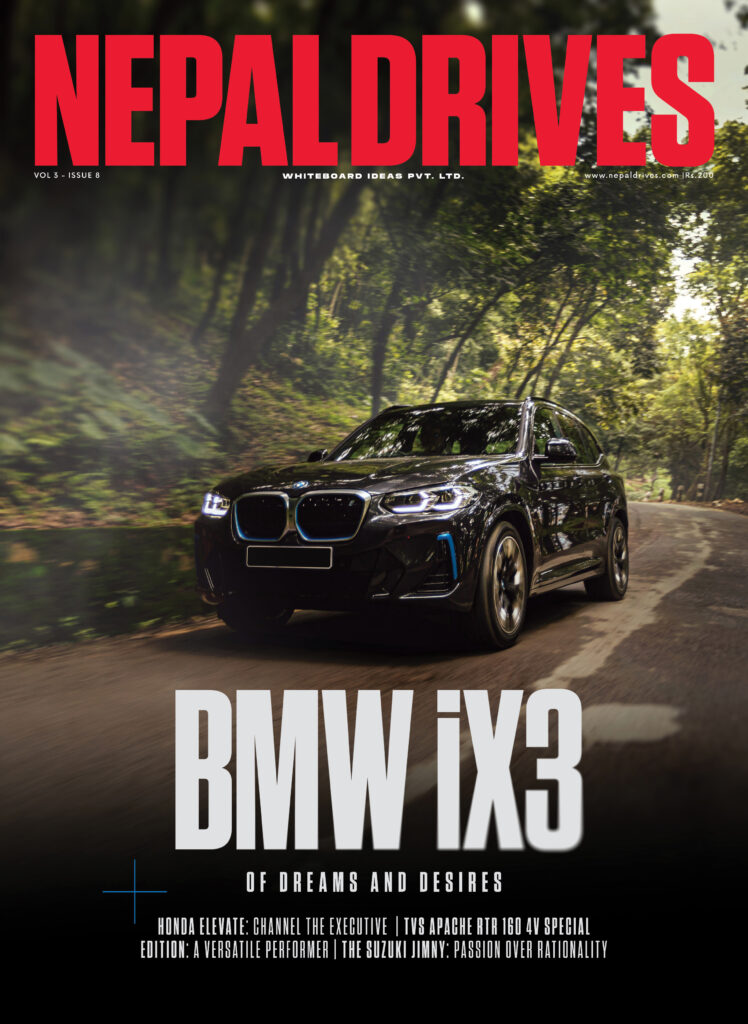Yamaha’s Glorious Racing Heritage: The 1980s – Title Triumphs and Sharper Racebikes
Share



In the 1970s, Yamaha redefined what it meant to be a motorsports powerhouse. From exciting wins on iconic tracks to groundbreaking innovations that changed the game, Yamaha’s domination in this era was legendary.
In the third installment of a six-part series, we’ll read how Yamaha’s racing division surging forward with groundbreaking technology and a cadre of exceptional riders. From the emergence of the ferocious Yamaha YZR500, which redefined the 500cc class, to the iconic battles waged between legends like Kenny Roberts and Eddie Lawson, the 1980s marked an era of unparalleled excitement and achievement for Yamaha Racing, leaving an indelible mark on the world of motorcycle racing.
Grand Prix road racing in the 1980s experienced an upswing in popularity that had not been seen before. The “Big Four” Japanese manufacturers were all entering factory machines and the level of technology in these racebikes rose at a tremendous pace. From 1981 onwards, Yamaha had its fair share of tough seasons in battling for supremacy against its rivals. In response, Yamaha developed technologies that would lay the groundwork for its title challenges in the latter half of the decade and also design the first motorcycle using the twin-spar Deltabox frame, the now de-facto standard for 21st-century production sport bikes.
In 1981, British star Barry Sheene joined the factory Yamaha team. The sight of the two of them racing in close proximity became a powerful symbol of Yamaha’s presence in GP racing. The YZR500’s livery was also all-new for that year, changing from the Yamaha U.S. yellow/black livery that defined Roberts’ title threepeat to a white background with a flowing red block pattern on top with dark blue highlights around it. The two teammates sitting astride identical YZR500s gave off a brilliant aura of purebred Yamaha racing machinery.
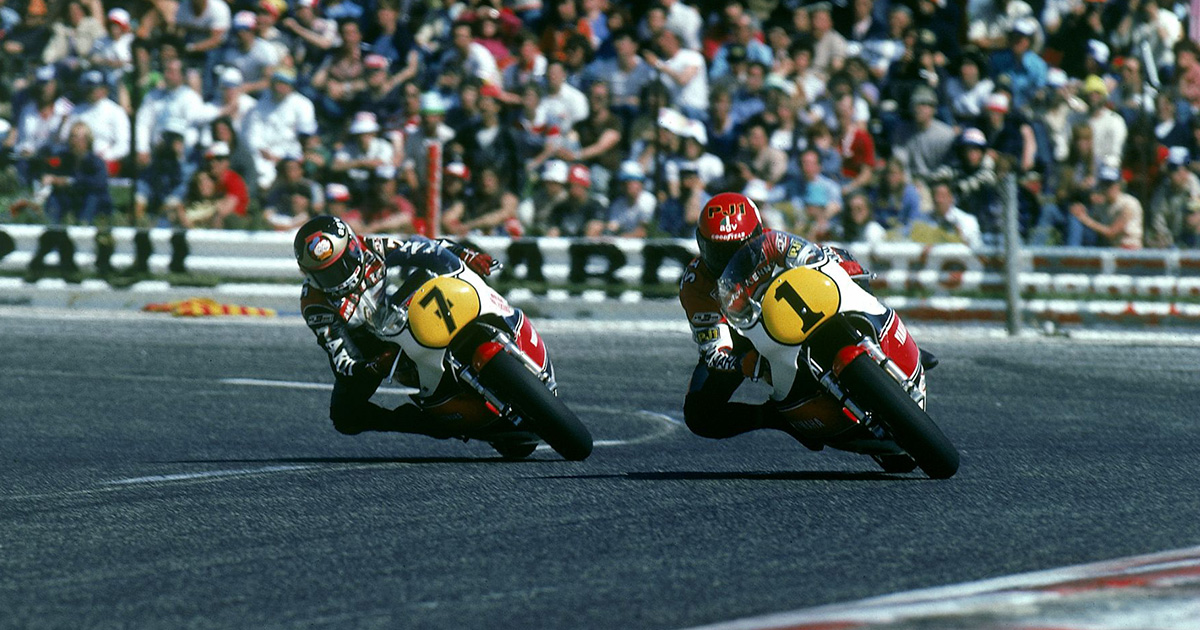 Roberts (right) and Sheene (left) contesting the 1981 French GP. Sheene always had a Donald Duck graphic on his helmet
Roberts (right) and Sheene (left) contesting the 1981 French GP. Sheene always had a Donald Duck graphic on his helmet
That year, Yamaha introduced two versions of the YZR500. The 0W53’s engine had dual rear-exit exhausts and an aluminum frame, while the 0W54 used a square-four engine, in which the four cylinders are arranged alongside in pairs to form a square. It used a rotary disc valve intake system for an advantage at high speed. At the same time, Yamaha also developed a compact V4 engine to ensure the bike would not lose out on the straights, but as one engineer recalled, “It would have been risky to switch over to a V4 so suddenly, so we introduced the square-four unit as a kind of stop-gap measure.”
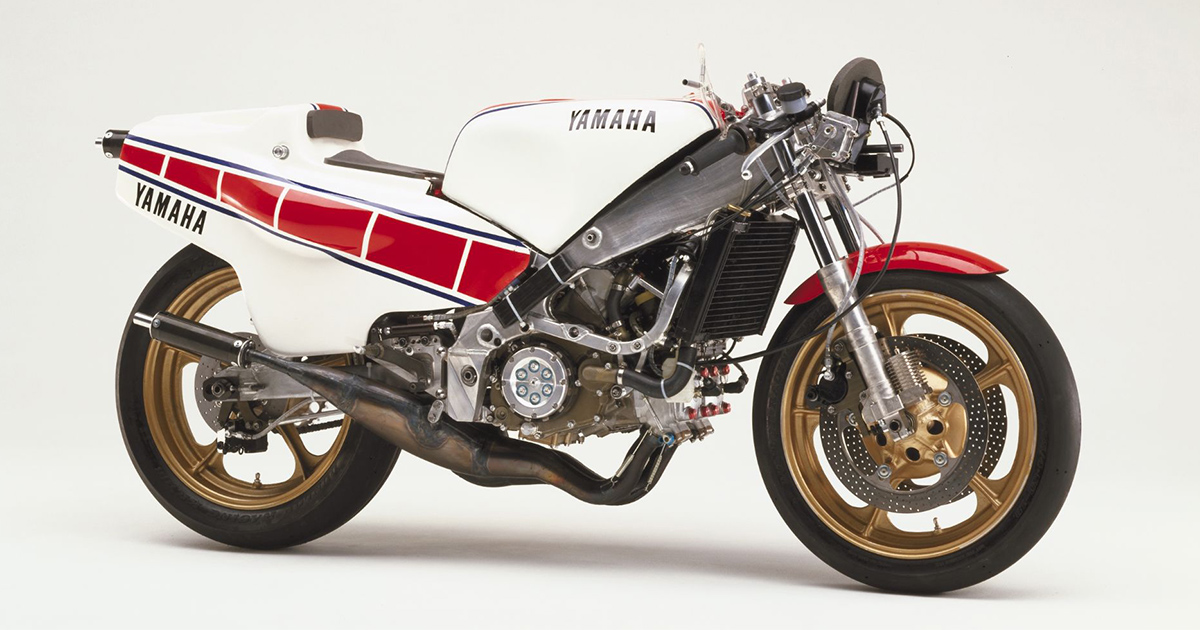 The first Deltabox frame on the 1983 YZR500 (0W70)
The first Deltabox frame on the 1983 YZR500 (0W70)
The YZR500 (OW70) of 1983 featured a powerful, compact V4 engine mounted on the revolutionary aluminum Deltabox frame. The new bike could outperform Yamaha’s rivals from 1982, Suzuki. However, another challenger emerged – Honda. Both Kenny Roberts (for Yamaha) and Freddie Spencer (for Honda) battled fiercely for the title with the championship fight coming down to the San Marino finale. Although Kenny Roberts won this race, he fell two frustrating points short of the title. He later announced his retirement from the Grand Prix World Championship.
Eddie Lawson, replacing “King Kenny”, rode the V4-powered YZR500 (OW76), which sported a crankcase reed valve induction system, known for its excellent engine start-up performance and serviceability, and went head-to-head with Freddie Spencer’s V4 Honda. This time it was Eddie Lawson who won the 500cc Grand Prix World Championship in 1984, marking a fifth title for Yamaha.
The YZR500 continued its evolution for more than three decades, going through numerous iterations: eight versions of the in-line four, two versions of the square-four, and 18 versions of the V4. There were plenty of milestones during its lifetime, but the YZR500 (0W76) that Lawson won his first premier-class title on in 1984 was, from several points of view, one of those milestone machines.
The Yamaha engineers, test riders, and the racers themselves all had their sights set on winning a Grand Prix title, and fueled by their passion for racing and Yamaha’s Spirit of Challenge, their strong teamwork constructed a motorcycle to do the job. Everything built into that machine would be passed on to Yamaha’s engineers and racers and eventually reflected in Yamaha’s future racebikes as well as production models.
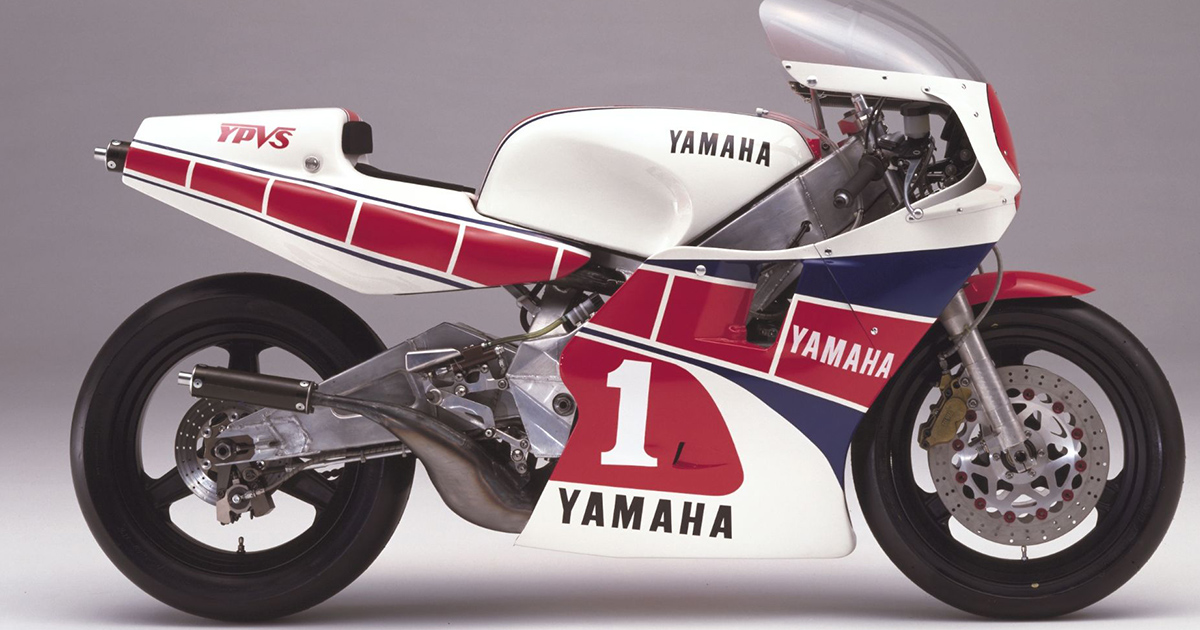 The 1984 YZR500 (0W76)
The 1984 YZR500 (0W76)
Since 1969, Yamaha had maintained that the 250cc Grand Prix class was the stage for privateers to showcase their racing skills against on-track rivals, but that policy took a sudden turn in 1984. There simply was not enough time to develop an engine specifically for the 250cc class anymore, so instead, Yamaha decided to essentially split the 500cc V4 engine it was developing in half. The 500cc engine was designated the 0W81, thus the 250cc engine that it birthed became the 0W82.
Thanks to the efforts of Carlos Lavado in the 250cc class and Eddie Lawson in the premier class, both machines won their respective titles in 1986, but at the same time, the 0W81 became the unit of choice for many 500cc racers while the 0W82 became the basis for many future production racers and sportbikes.
 The first-generation TZR250 was an inline twin, while the second iteration featured dual rear-exit exhaust ports. The third-generation model in 1991 was powered by a single-crankshaft 90° V-twin
The first-generation TZR250 was an inline twin, while the second iteration featured dual rear-exit exhaust ports. The third-generation model in 1991 was powered by a single-crankshaft 90° V-twin
Between 1980 and 1990, the 500cc premier class was a largely American affair, with Kenny Roberts, Eddie Lawson, and Wayne Rainey essentially sweeping the field. But one cannot forget the many other popular racers that lined up beside them on the grid. The YZR500 lent itself well to a wide variety of riding styles at the top level.
The 1987 calendar had the most races for any season up to that point with 16 rounds, opening with the Japanese GP at Suzuka Circuit. It was the first GP event to be held in Japan in two decades and the first time for the 500cc class to come to the country. Riders for Yamaha, Honda, and Suzuki all climbed the podium steps that day to the cheers of fans, but for Yamaha, the day was meaningful in a variety of ways. In it, Randy Mamola took a gamble on his final setup for his Lucky Strike YZR500 in the 500cc race.
 Randy Mamola riding a YZR500 with a blue rear wheel at Suzuka in 1987
Randy Mamola riding a YZR500 with a blue rear wheel at Suzuka in 1987
The YZR500’s win at Suzuka that day was meaningful in many ways, from Yamaha’s strategy of putting the rider’s feelings first to making up for the disappointment of 1983. The win was like a badge of honour for Yamaha, as it had been waiting together with the other Japanese manufacturers and fans for a GP at home to become a reality while staging the TBC Big Road Race and other events for 10 years by that point.
It was the data and knowledge gained in 1989 that led to the creation of the 1990 YZR500 (0WC1). It boasted higher power and entirely new dimensions, with the head pipe located closer to the rider and a different rake angle. Rainey rode it to 14 podium finishes in the 15-round season—standing on the top step seven times—to win his first GP title, helping Yamaha win its sixth Constructor’s title in the process.
The shift toward digitalizing information and sharing it gave the 0WC1 a boost in competitiveness, and the machine became a pivotal part of Yamaha’s 1990s GP challenge and even its corporate philosophy at the time.
The 1980s – Title Triumphs and Sharper Racebikes
1980: Roberts makes it three in a row
1981: Barry Sheene grabs title in final race
1984: Eddie Lawson and Christian Sarron win titles at 500cc and 250cc
1986: Lawson wins his second championship
1987: Yamaha takes the constructor’s title for the second year in a row
1988: Yamaha takes third consecutive manufacturer’s title
Stay tuned for more thrilling chapters in Yamaha’s racing history!
Source information and imagery: Yamaha



